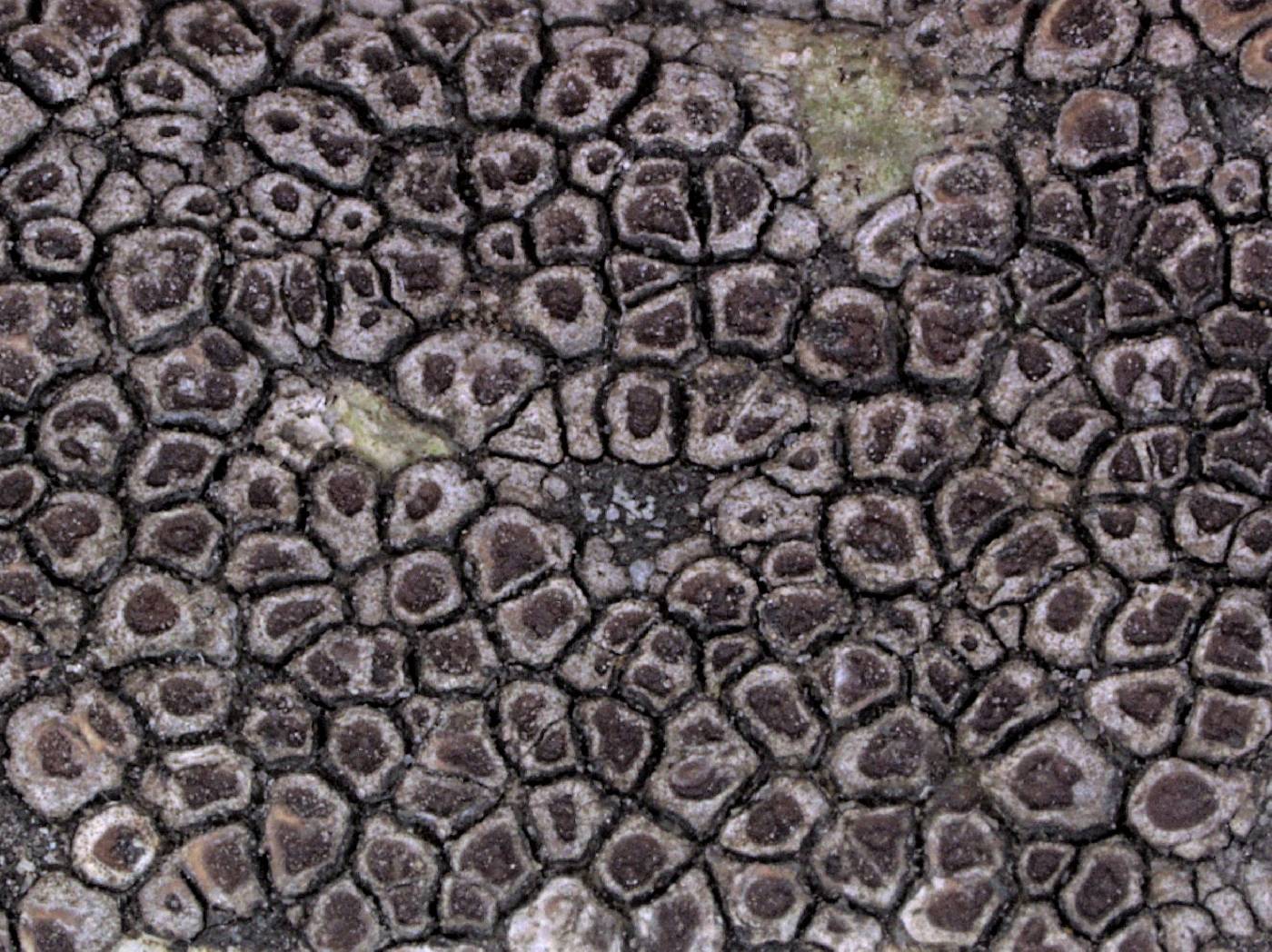
Consortium of Lichen Herbaria
- building a Global Consortium of Bryophytes and Lichens as keystones of cryptobiotic communities -
- Home
- Search
- Images
- Species Checklists
- US States: O-Z >
- US National Parks
- Central America
- South America
- US National Parks
- Southern Subpolar Region
|
Family: Lecideaceae |
Nash, T.H., Ryan, B.D., Gries, C., Bungartz, F., (eds.) 2007. Lichen Flora of the Greater Sonoran Desert Region. Vol 3. Life habit: lichenized Thallus: crustose, superficial, moderately thick or thin, cracked- to warted-areolate; areoles dispersed to contiguous; prothallus black upper surface: gray, blue-gray, brown, yellowish brown, beige or almost white, dull; soredia present in one species upper cortex: present but often poorly developed, paraplectenchymatous medulla: white, I+ blue-violet photobiont: primary one a chlorococcoid green alga, secondary one absent lower cortex: absent lower surface: not distinguishable from the substrate Ascomata: apothecial, aspicilioid, ±immersed in thallus thalline margin: poorly to rather well developed disc: red to red-brown, brown or black-brown, concave to flat, sometimes slightly convex proper exciple: very thin, or absent, I+ blue epihymenium: brown or green-brown, N- or N+ purple hymenium: hyaline, I+ blue; paraphyses, ±branched and anastomosed, not moniliform, with slightly swollen apices, often with a thin, dark brown cap; subhymenium: hyaline; hypothecium: pale asci: clavate, Porpidia-type, 8-spored ascospores: hyaline, simple, ±ellipsoid, with I+ blue perispore Conidiomata: pycnidial, immersed conidia: hyaline, simple, bacilliform, acrogenous or pleurogenous Secondary metabolites: norstictic acid in two species Geography: Eurasia, North America, Australia, New Zealand, and Antarctica; montane and boreal, arctic-alpine/antarctic regions Substrate: on rock, most species on siliceous rock. Notes: Bellemerea is separated from Aspicilia and Lecanora by its ascus type, its I+ blue medulla and its ascospores, which have an I+ blue perispore. Bellemerea differs from Amygdalaria and species of Porpidia by having a very thin or absent exciple, a colorless hypothecium and ascospores with an I+ blue perispore. |
Powered by Symbiota









